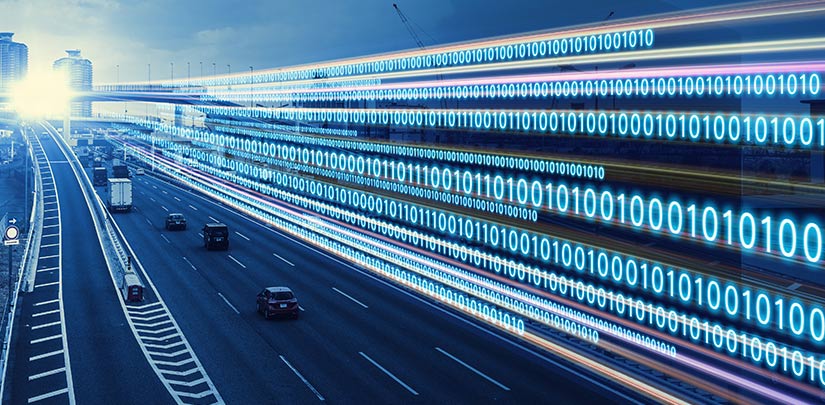Livewire Data Platform Expands Access to Transportation Project Data Sets

Finding readily available and easily accessible data sets is a common challenge in the research community. The U.S. Department of Energy's (DOE's) Livewire Data Platform's growing catalog of transportation and mobility-related projects helps address this need by providing researchers with a unified platform to connect with each other and easily find data sets to enhance their own projects.
Livewire allows transportation researchers, industry, and academic partners to increase the visibility of their projects within the research community, securely share and preserve data, and leverage data sets from other projects. The platform became available to the public in 2022, and now anyone can request an account to browse projects and data sets—although access to some data sets is restricted and requires permission from data owners.
A consortium of multiple national laboratories, including the National Renewable Energy Laboratory (NREL), developed Livewire to collect, preserve, and disseminate data and metadata for Energy Efficient Mobility Systems (EEMS) projects funded by DOE's Vehicle Technologies Office. The platform is designed to accommodate a range of data sets, including behavioral, experimental, model, analytical, and raw data at the vehicle, traveler, and system levels, making it a key platform for studying the impact of a variety of advanced technologies on transportation energy consumption.
"The Livewire Data Platform reduces barriers to sharing important research data," said Lauren Spath Luhring, an NREL transportation software engineer and project leader. "It makes data discoverable and takes the burden off data owners who might not be experts in data management solutions. Through Livewire, their data are accessible to more people without having to worry about managing security."
Livewire is maintained by a team of data experts at NREL, Idaho National Laboratory (INL), and Pacific Northwest National Laboratory (PNNL). The three-lab consortium leverages the unique resources and expertise of each laboratory to strengthen the project.
"INL is using its extensive experience in data collection, characterization, management, and quality control to streamline important aspects of data sharing, making it easier and faster for researchers to share their projects' key data sets," said Ron Stewart, an energy storage and transportation systems project technical leader at INL. "Livewire also makes it quick and easy for others to find data sets that will further their own research."
Each project has its own page on Livewire, with the project's corresponding data sets listed and described on that page. Researchers can use up to 10 terabytes of free storage and choose who can view and access their project information and data.
Projects and data sets on Livewire fall into three categories: open, privileged, and restricted. This three-tiered approach allows data owners to manage who can access their data, providing flexible options to control access for more sensitive data. For open data sets, anyone can view descriptions, although they might have to request access to download the actual data. For privileged data sets, anyone can view the project page on Livewire, but only members (i.e., those with .gov and .mil accounts) can view the data without requesting permission. For restricted data sets, only members can view the project page and data.
The catalog of projects and data sets available through the Livewire platform grew by 48% in the last year, and the number of people with accounts increased by 46%. The national laboratory team is identifying new capabilities to meet additional user needs. To allow more people to discover and learn about projects in the Livewire catalog, the team is working with the U.S. Department of Transportation to include Livewire projects in its open data catalog. Other potential new features will save researchers time by allowing them to efficiently search for data sets and analyze data within the platform. New functions being considered include the ability to search within and across data sets, create subsets of data sets, and enable users to find relationships between data.
"In the future, we hope to build a Data Analysis and Science Center for the EEMS research community to not only discover and access open and proprietary data sets but also provide a platform to process, curate, and share data and codes to advance their research," said Chitra Sivaraman, a data integration team leader at PNNL. "Our goal is to leverage existing open-source pipelines to standardize and integrate data sets in near real time and provide a platform to use machine-learning-based approaches to explore, visualize, and analyze data."
Researchers who want to share their data through Livewire can email Lauren Spath Luhring.
Learn more about NREL's sustainable transportation research. And sign up for NREL's quarterly transportation and mobility research newsletter, Sustainable Mobility Matters, to stay current on the latest news.
Last Updated May 28, 2025
